For our newest interview and artist feature at Every Day Original, we have a wonderful conversation with Tran Nguyen. Tran is one of our best sellers at Every Day Original and you can pick a little bit more about her brain in this chat with her.
Find out even more about her and her work at her website www.mynameistran.com

1. You have been getting a lot of attention lately and just won your second Spectrum gold. You’ve always been very humble about your success, it has to feel good. How do you celebrate these wins?
By paying homage to my core support group — my family and friends that constantly encourage me to keep trucking along. They make it worthwhile to continue my endeavor. And, maybe a beer or two (wink face).
2. In talking with you about your art, you said your art is used as a “psycho-therapeutic support vehicle, exploring the mind’s landscape.” Say more about this.
I try to pinpoint the concept behind each of my paintings toward a specific but universal emotion we’ve all dealt with in our lives. It’s my hope that the viewer can relate, recollect, thus foster well-being from what they interpret. It’s ubiquitous to say that life is a series of hardship and each year yields emotional baggage. In all, I’d like for my visuals to serve as a buffer in getting through tough times.
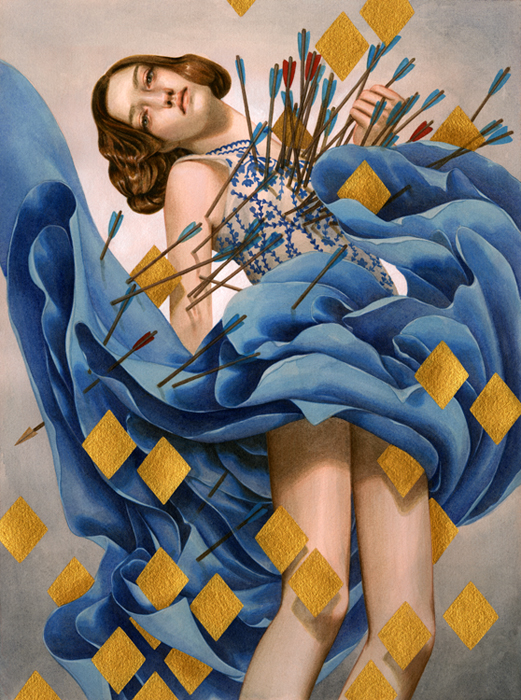 3. If I recall correctly, you were initially a very polite “no” to the invite to Every Day Original. What was your hesitation? What changed your mind?
3. If I recall correctly, you were initially a very polite “no” to the invite to Every Day Original. What was your hesitation? What changed your mind?
I didn’t think I could keep up with the monthly contribution — I paint VERY slowly. Then, I decided to do studies as opposed to finished pieces which made it more manageable. Also, I misread a few key words in the contract, haha…stupid me.
4. Who are some of your favorite artists (contemporary and historical), and what lessons have you learned from their practices?
Gustav Klimt’s treatment of intermingling figures and shapes inspire me to tap into surreal environments. I also admire Hayao Miyazaki’s ability to capture subtlety in the human form and mannerism. His whimsical worlds and lively characters are conducive to sublime animation.
5. William Faulkner is credited with the line, “I only write when inspiration strikes. Fortunately it strikes at nine every morning.” How do you set to work? How does this differ based on the kind of work you’re doing?
Like Elizabeth Gilbert once said in her TED talk, ” I’m like a mule.” Every workday is a constant day of struggle and woe. I’m no genius and creativity doesn’t often come easy. It usually takes me a couple of hours to get into the mindset of creating.
6. You have a lot of experience with gallery work as well as illustration assignments. Do you still do both? Why or why not?
I sure do! I love both markets. They each have their good and bad. Gallery work is therapeutic and is without restraints, while commercial illustration allows for collaboration and a more concise narrative.
7. Your images have a very distinct sense of scale. Often the figures and faces loom over surreal suburban architecture. I think many artists wonder how to come up with “a thing they do” beyond style or technique. How did you decide on these themes of scale and mood? How do you measure or predict success at an early stage of developing these concepts.
It’s difficult to say how it came to be. The “large figures wandering around small, empty neighborhoods” was a concept I explored in my third exhibition with Thinkspace Gallery in 2011. The year after, I decided to elaborate more on the concept and I became even more fascinated with it. You can never predict what will or will not sell. I think it’s best to dedicate several paintings to a particular concept so that you can fully hone it.
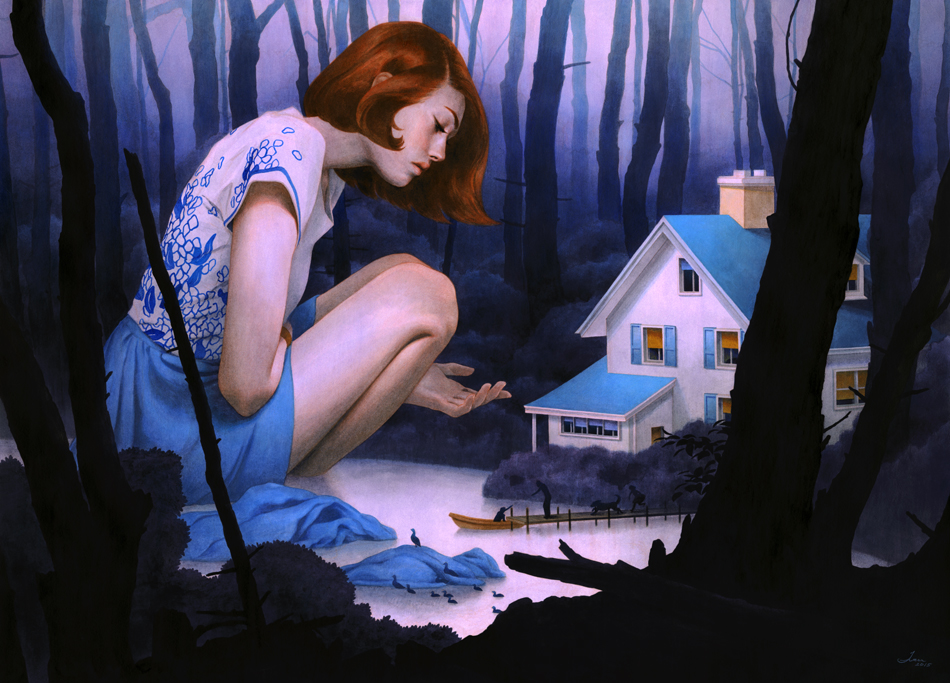
8. Does your medium influence your finished work? Do the limitations of your tools help you create the work?
Absolutely. I decided to transition from digital to traditional because of the fact that an endless color palette is frightening. Also, I enjoy happy accidents and the tactile feel of a brush on paper.
9. Your most recent work has deeper values, more graphic shapes, and a more saturated color palette. Could you tell us more about this progression/evolution?
I’ve been in a purple phase as of late. I’ve also switched my undertone color to a more vibrant one and pairing it with a muted palette. Working with the new Hi-Flow Acrylics have helped with executing deep values as well.
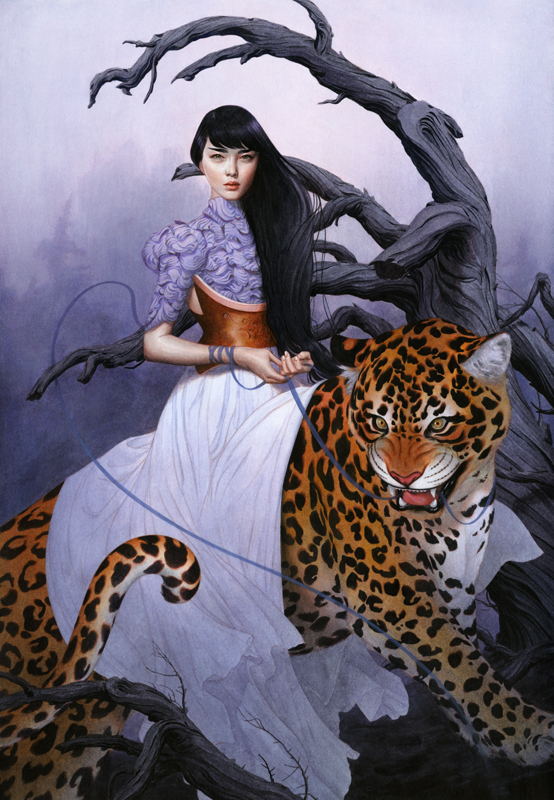 10. Is using color something that comes naturally to you, or something you struggled and worked up to?
10. Is using color something that comes naturally to you, or something you struggled and worked up to?
It’s definitely something I’ve struggled and worked up. A lot of experimenting happened to get the color harmony that I want.
11. You use photo reference, yes? Where in the process do you use photography, and how?
I use quite a bit of photo reference. It’s a lot of frankensteining stock photography, fashion photography, and shoots with my friends. This helps me determine the pose in the line drawing and rendering in the final.
12. I have noticed a lot (but not all!) of your work features Asian women. As someone of Vietnamese heritage, do you feel like you have a responsibility to represent Asian women in your work?
It’s only somewhat recent that I’ve been illustrating more Asian figures. I previously rendered a lot of Caucasians, and decided to explore other ethnicity in the past several years. I don’t think I have a responsibility to represent anything except for what lets me enjoy painting.
13. How does the “casting” of the characters in your images occur?
It depends on the setting of the painting. If the piece favors red, I’ll most likely choose a redhead.
14. If you could go back in time, to when you were at the very beginning of your career. What advice would you give to yourself?
I think it’s important to know that you’ll have some failures here and there, and that shouldn’t hold you down. I’ve had a few illustrations that has made me cringe when delivering it to the client. Just learn what you can from it and move on. It happens to every artist, young and old.
15. Tell us something unique about you so we can sound cool and in-the-know when we’re bragging to people that we’re friends with you.
I’m actually half deaf so it’s difficult for me at times to converse in crowded rooms. I also laugh like a retarded, clapping seal…particularly the clapping. I love pickles and Icee.
ORIGINALS FROM TRAN
-
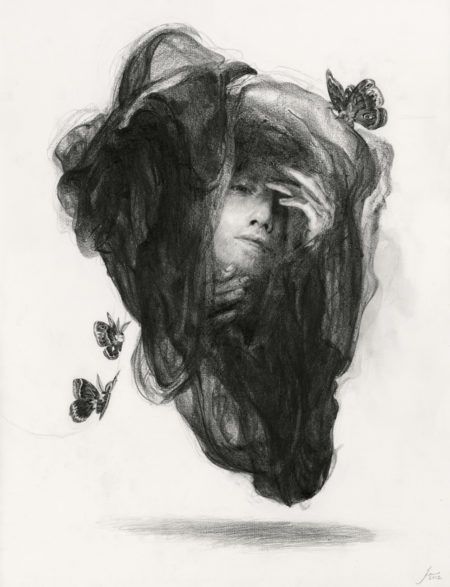
Cocoon Study #2
By Tran Nguyen $500 $500 Add to cart -
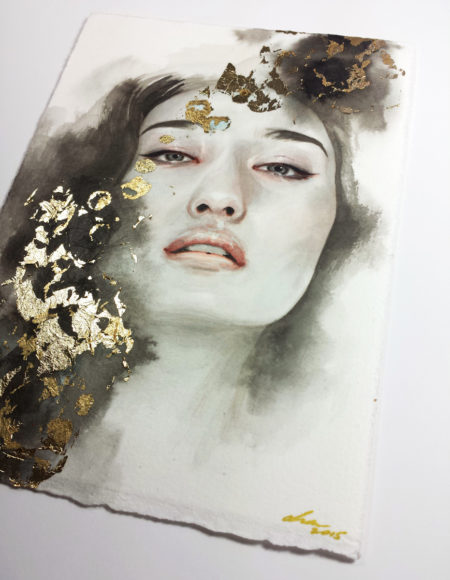
Study #30
By Tran Nguyen $325 $325 Read more -
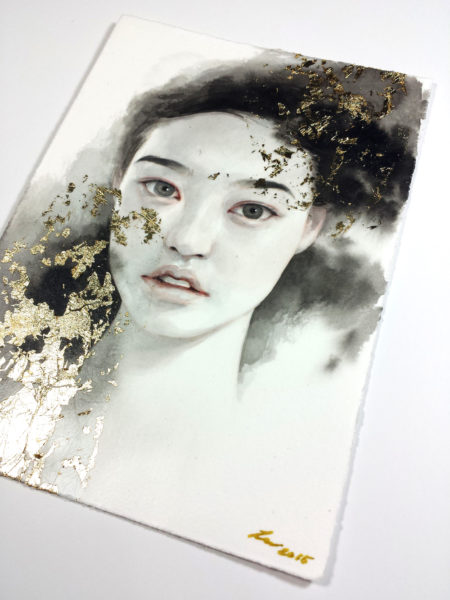
Study #26
By Tran Nguyen $325 $325 Read more -
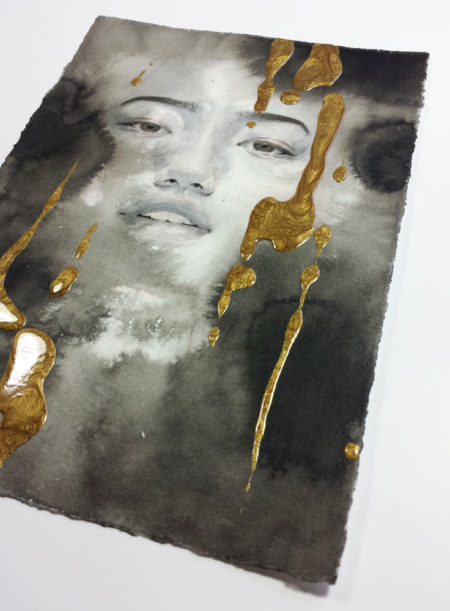
Study #24
By Tran Nguyen $300 $300 Read more -
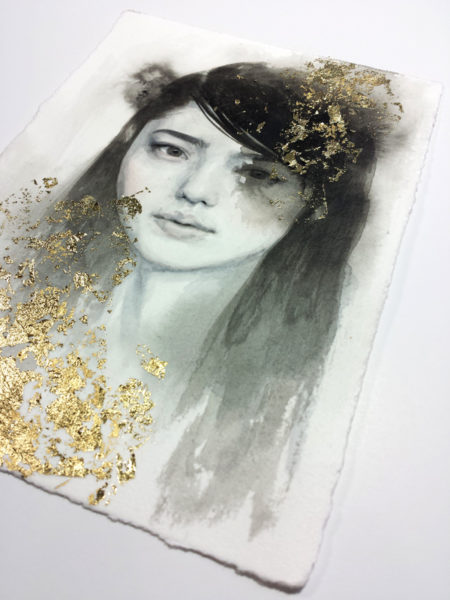
Study #22
By Tran Nguyen $300 $300 Read more -

Study #7
By Tran Nguyen $250 $250 Read more -
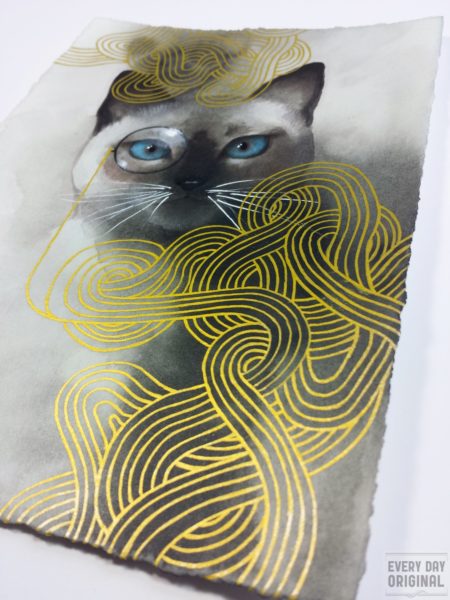
Study #15
By Tran Nguyen $250 $250 Read more -
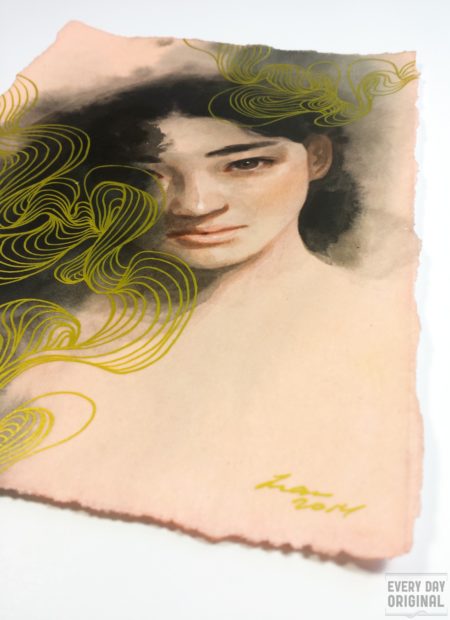
Study #17
By Tran Nguyen $250 $250 Read more -
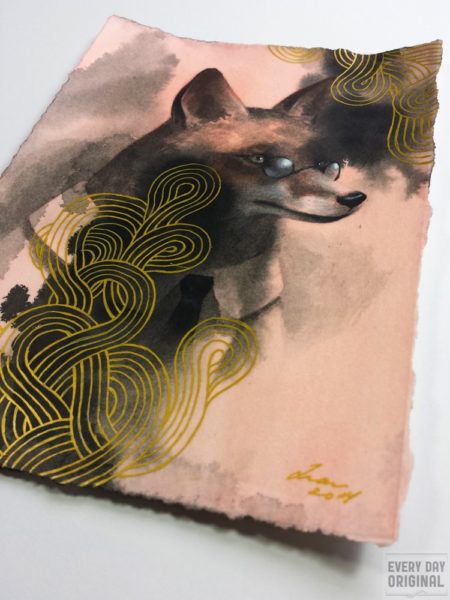
Study #13
By Tran Nguyen $250 $250 Read more -
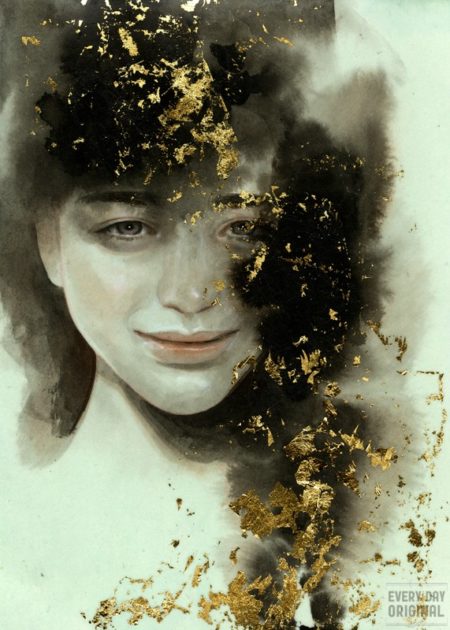
Study #14
By Tran Nguyen $250 $250 Read more -
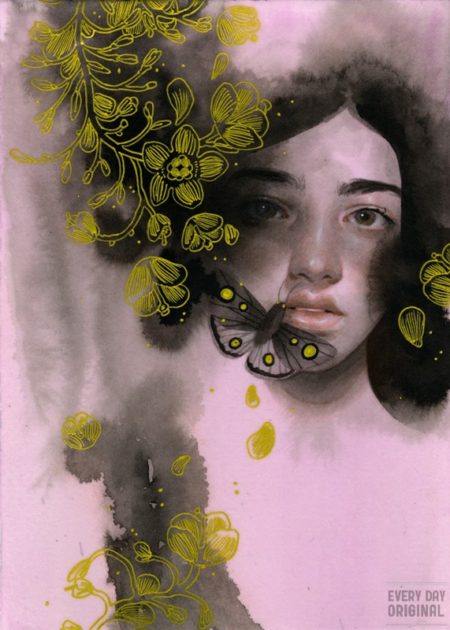
Study #16
By Tran Nguyen $250 $250 Read more
's EDO GALLERY
[fbcomments num=”50″ countmsg=”wonderful comments!”]
